
Chiesa paleocristiana, Khirbet Beit Lei, Israele, V secolo. Mosaici della fine del V secolo
Khirbet Beit Lei and the Book of Mormon: An Archaeologist's Evaluation Author(s): Jeffrey R. Chadwick Source: á ä 10 á ä 3 2009 á ä s7 v8 Published : Religious Studies Center The Religious Studies Center is collaborating with Book of Mormon Central

Chiesa paleocristiana, Khirbet Beit Lei, Israele, V secolo. Mosaici della fine del V secolo
Khirbet Beit Lei (also spelled Beit Lehi) or Beth Loya (Hebrew: חורבת בית לויה) is an archaeological tell in the Judean lowlands of Israel/Palestine. It is located some 5.5 kilometers southeast of Tel Lachish and ten miles west-northwest of Hebron, on a hill 400 meters above sea level. The Arabic word khirbet means "ruin". Contents Hide/Show
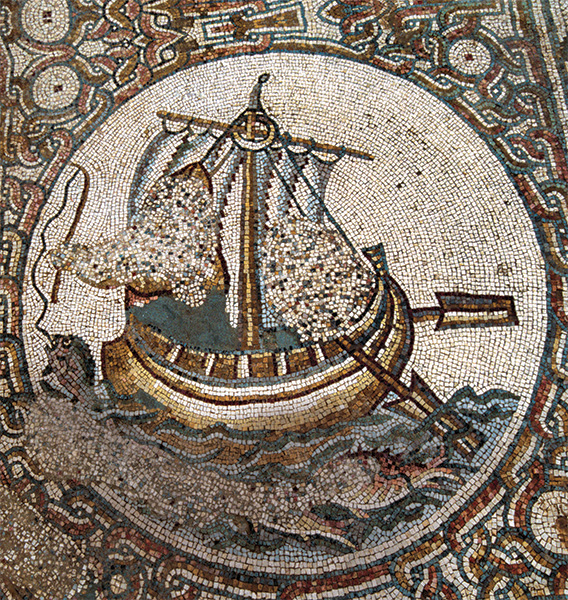
Early Christian Art Symbols Endure after Iconoclast Attack Biblical Archaeology Society
Berrett discusses point by point reasons why an ancient burial complex at Khirbet Beit Lei, sometimes called "Lehi's cave," is unlikely to have Book of Mormon connections.
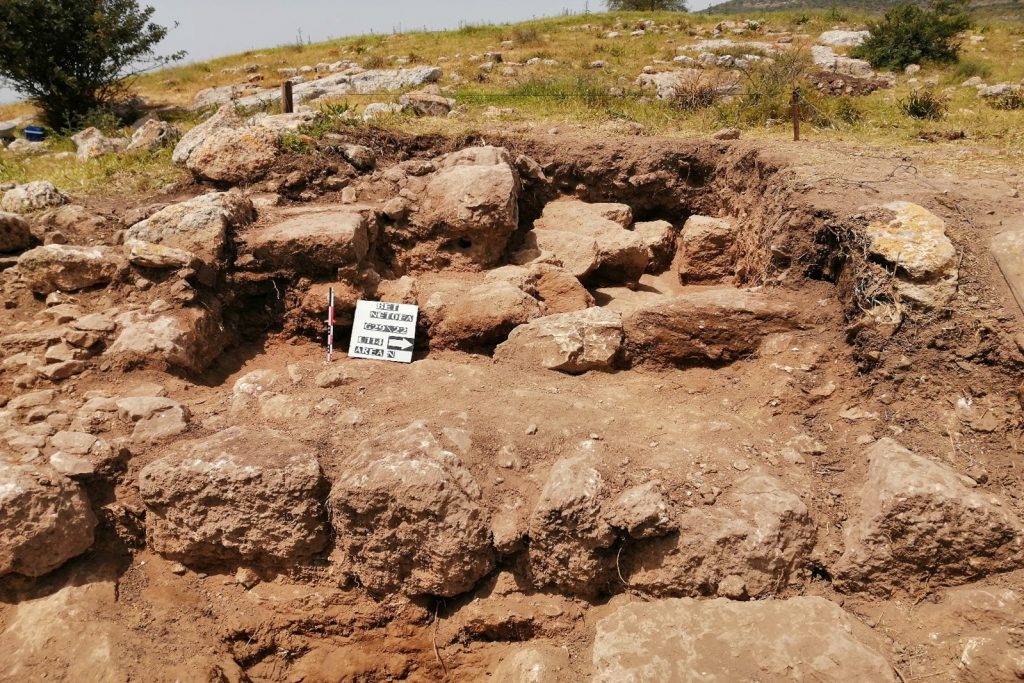
Campagne de fouille Avril 2022 Fouille archéologique de Khirbet Beit Netofa (Galilée, Israël)
Rediscovering Khirbet Beit Lehi Located just south of Jerusalem, Beit Lehi (Sometimes referred to as 'Khirbet Beit Lei') remains a hidden gem, often bypassed by tourists flocking to more renowned sites.

In the cavity of a rock Khirbet Beit Lei (The Lehi Cave) or not?
Khirbet Beit Lei or Beth Loya is an archaeological tell in the Judean lowlands of Israel. It is located about 5.5 km southeast of Tel Lachish [1] and ten miles west-northwest of Hebron, [2] on a hill 400 m above sea level. [3]

Photos Taken at Biblical Cabbon
In 1961 a road-building project by the government of Israel uncov-ered an ancient burial complex at Khirbet Beit Lei during construction in the area which is ten miles west-northwest of Hebron. Professor Joseph Naveh, an archaeologist at Hebrew University, excavated the site One of the inscriptions in the cave.

Chiesa paleocristiana, Khirbet Beit Lei, Israele, V secolo. Mosaici della fine del V secolo
The term "Lehi Cave" was inspired by the abandoned ruins of a medieval Arab village called Khirbet Beit Lei located a few hundred meters from the tomb. The Arabic word khirbet means "ruin." The name Beit Lei ( بيت ليّ ) is pronounced "bait lay" in Arabic; the term lei means "twisting."

Chiesa paleocristiana, Khirbet Beit Lei, Israele, V secolo. Mosaici della fine del V secolo
The Khirbet Beit Lei graffiti are seven inscriptions in Hebrew in various states of preservation found in the excavations at Khirbet Beit Lei. Of particular interest is one inscription containing a very early appearance in Hebrew of the name ירשלם (Jerusalem). [1] Interpretation There is disagreement about how they should be read.
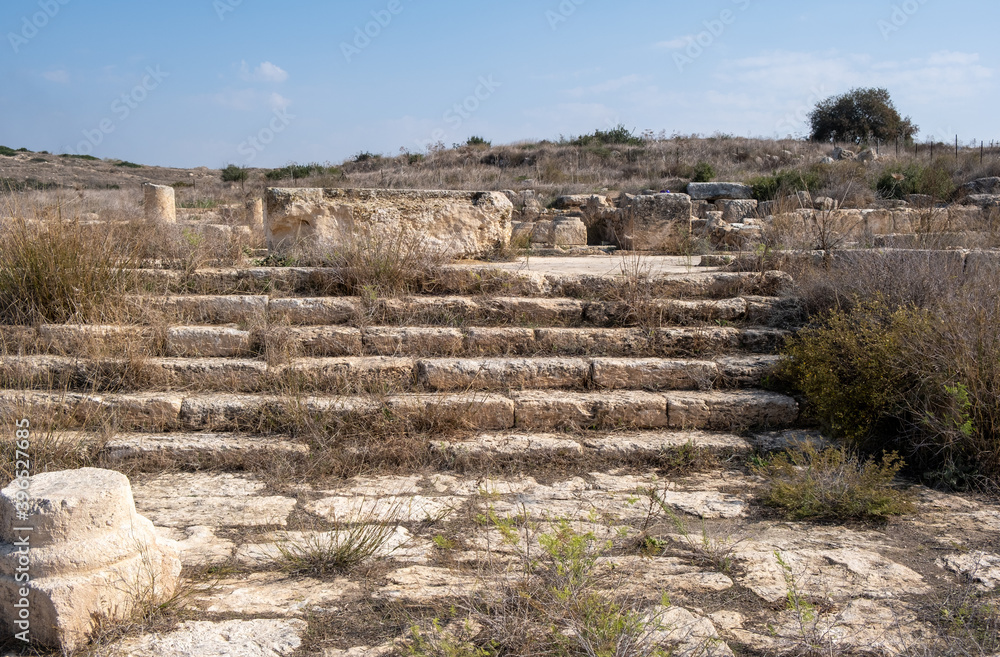
Ruins of Byzantine church. Khirbet Beit Lei or Beth Loya at Judean lowlands of Israel Stock
Khirbet Beit Lei or Beth Loya is an archaeological tell in the Judean lowlands of Israel. It is located about 5.5 km southeast of Tel Lachish and ten miles west-northwest of Hebron, on a hill 400 m above sea level.

Chiesa paleocristiana, Khirbet Beit Lei, Israele, V secolo. Mosaici della fine del V secolo
Title: Khirbet Beit Lei and the Book of Mormon: An Archaeologist's Evaluation: Publication Type: Journal Article: Year of Publication: 2009: Authors: Chadwick, Jeffrey R.
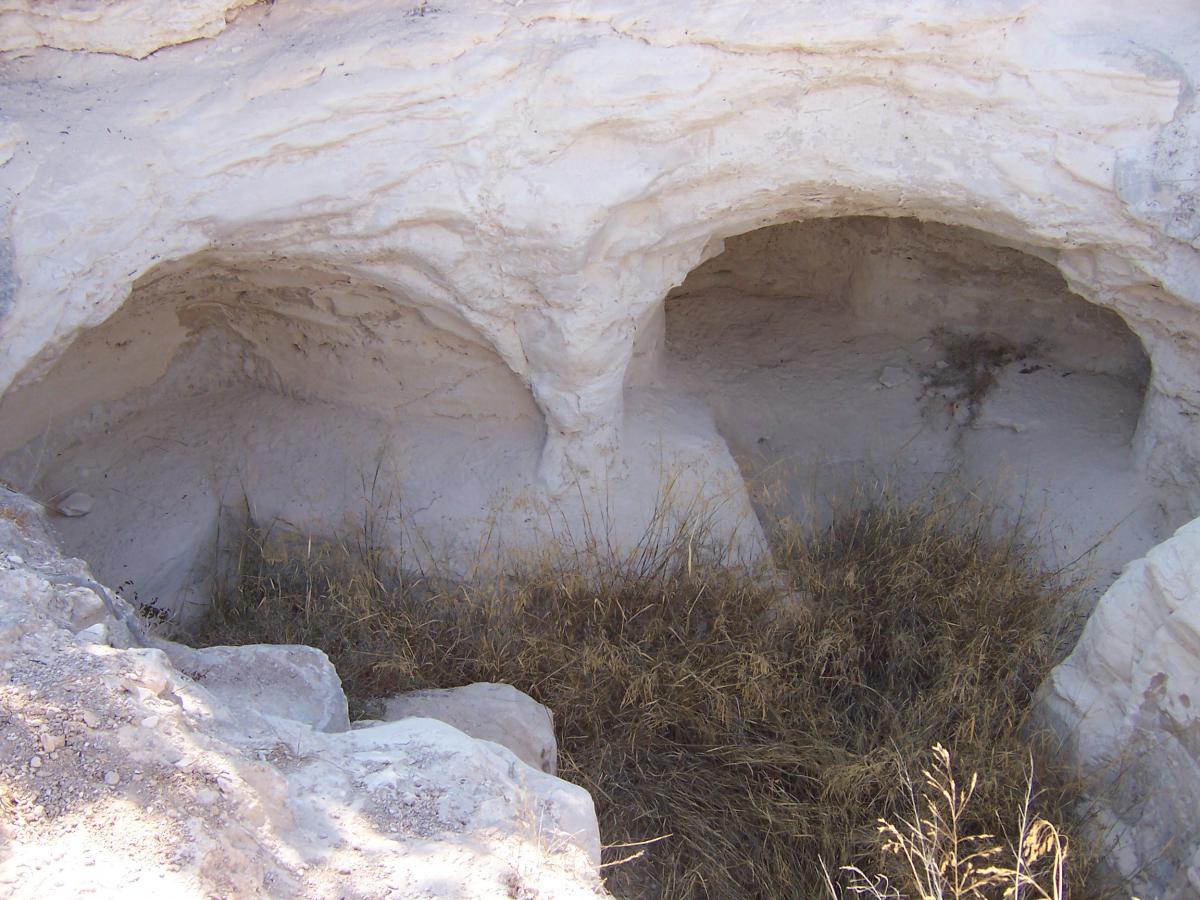
Khirbet Beit Lei and the Book of Mormon An Archaeologist’s Evaluation Religious Studies Center
In Arabic the word khirbet means "ruin" and the words Beit Lei are pronounced "bait lay." The term lei means "twisting." But Ginat insisted that Arabic lei actually represented the Hebrew proper name Leḥi. [3] Hence he proposed that Khirbet Beit Lei meant "ruin of the house of Lehi." But this is simply not correct.

ArchaeoHistories on Twitter "Mosaics from Byzantine basilica of Khirbet Beit Lei (Beth Loya
Khirbet Beit Lehi And The Book of Mormon: A Non-Archaeologist's Rebuttal. This article is a rebuttal to the article published by Jeffrey R. Chadwick, the author of "Lehi's House at Jerusalem and the Land of His Inheritance," but specifically to "Khirbet Beit Lei and the Book of Mormon: An Archaeologist's Evaluation."

Inscription A from Khirbet Beit Lei found in an ancient burial cave, it contains the oldest
In 1963 Professor Joseph Naveh published a group of important inscriptions, graffiti scratched on the ante chamber wall of a tomb of bench type cut in the eastern slope of ij'irbat Bayt Layy (Birbet Bet Le), a site some eight kilometers east of ancient Lachish. 1 The inscrip tions of the western and southern walls are of unique in terest in view.
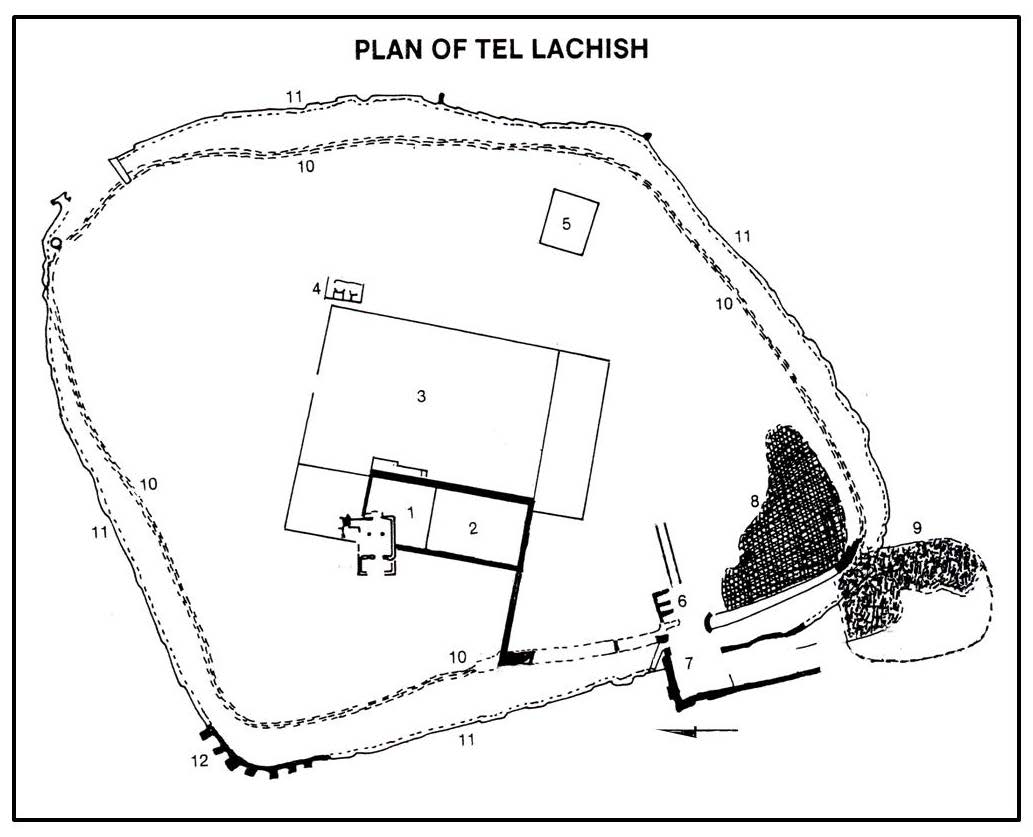
Khirbet Beit Lei and the Book of Mormon An Archaeologist’s Evaluation Religious Studies Center
of Mormon and Beit Lei have been evaluated by an archaeologist with expertise in the land of Israel. Accordingly, the Religious Stud-ies Center and the Maxwell Institute at Brigham Young University asked if I would revisit, research, and evaluate Khirbet Beit Lei and the nearby Jerusalem Cave to address the claims made by parties who Fig. 1.

Beit Lehi / Khirbet Beit Loya Danny The Digger
Khirbet Beit Lei and theBook of Mormon: AnArchaeologist's EvaluationJeffrey R. ChadwickJeffrey R. Chadwick ([email protected]) is an associate professor of Churchh istory and doctrine at BYU, as well as Jerusalem Center Professor of Archaeologyand Near Eastern Studies.He is a senior field archaeologist with the Tell es-Safi/Gath Archaeological Project in Israel and is also a senior.

Pin di Diane Silcott su Bible archeology Roma antica, Arte romana, Architettura
Khirbet Beit Loya is a unique archeological site in the southern Judean Foothills (the Shephelah ), 5km south of Lachish. Some scholars suggest its original biblical name was Beit Lehi, which translated to "The Estate of Lehi" in Hebrew.